A prospective randomised controlled trial to evaluate the role of CT in young adults with indeterminate right iliac fossa pain – the IMPACT study
Jones R, Olatunbode D, Dean J, Hall B, Harji D, Davis P, on behalf of the IMPACT investigators
Introduction
In young adults with indeterminate right iliac fossa (RIF) pain, the need for surgery often relates to the likelihood of appendicitis. Ultrasound (US) is widely used in this setting despite a low diagnostic accuracy for appendicitis. We undertook a retrospective evaluation and subsequently a randomised controlled trial to evaluate the impact of computed tomography (CT) on clinical care.
In young adults with indeterminate right iliac fossa (RIF) pain, the need for surgery often relates to the likelihood of appendicitis. Ultrasound (US) is widely used in this setting despite a low diagnostic accuracy for appendicitis. We undertook a retrospective evaluation and subsequently a randomised controlled trial to evaluate the impact of computed tomography (CT) on clinical care.
Methods
We reviewed the imaging used in young adults admitted with indeterminate RIF pain in a single centre. Standard care was thus defined as serial examination +/- US. Simple descriptions of the risks and benefits of CT were devised for potential participants to consider. Reporting templates were embedded into our radiology system. Adults aged 18-50 years were randomised to a low-dose, unenhanced CT or to standard care.
Results
A total of 63 patients were approached and 62 were randomised. After exclusions, 30 patients were studied in each arm, with comparable demographics. CT was associated with superior diagnostic accuracy, with 100% positive and negative predictive value. The proportion of scans that influenced management was 73% for CT and 5% for USS (p<0.01). Patients in the CT arm had a shorter length of stay (2.2 vs 3.1 days, p<0.06) and a lower negative laparoscopy rate (10% vs 44%, p=0.14), although these differences were not statistically significant.
Conclusions
This study indicates that unenhanced CT scan is acceptable to patients, surgeons and radiologists in this setting. CT had a high diagnostic accuracy and may result in earlier discharge and fewer unnecessary operations.
